For many parents, the image of ABA therapy involves a child sitting at a table for hours, repeating tasks and receiving small rewards. While structured learning remains a valuable part of the process, the truth is—modern ABA therapy has evolved far beyond the table.
Today’s ABA is dynamic, flexible, and grounded in naturalistic learning that meets children where they are. At Bloom ABA Center, we use a blend of structured and child-led strategies to create play-based ABA therapy sessions that feel more like guided play than rigid instruction. One of the most powerful tools in our toolbox? Play.
The Power of Play in ABA
Play isn’t just fun—it’s how children learn best. Developmental psychologists and educators have long recognized play as the foundation of social, emotional, and cognitive growth. For children with autism, the opportunity to learn through play can be transformative.
ABA therapy traditionally focused on structured teaching methods like Discrete Trial Training (DTT)—and while these are still used effectively, we now know that integrating play-based strategies leads to better outcomes in engagement, learning, and generalization (Schreibman et al., 2015). That’s where techniques like Natural Environment Teaching (NET) and Naturalistic Developmental Behavioral Interventions (NDBIs) come in.
These approaches allow therapists to follow the child’s interests and embed learning into everyday activities and preferred play routines. At Bloom ABA Center, our sessions often look like:
- Modeling language while building a tower of blocks
- Practicing turn-taking during a pretend tea party
- Reinforcing social skills while sharing toy trains or puzzles
- Using choice-making and requesting during dress-up play or art time
When therapy feels fun, children are not only more likely to participate—they’re also more likely to retain and apply what they learn in the real world.
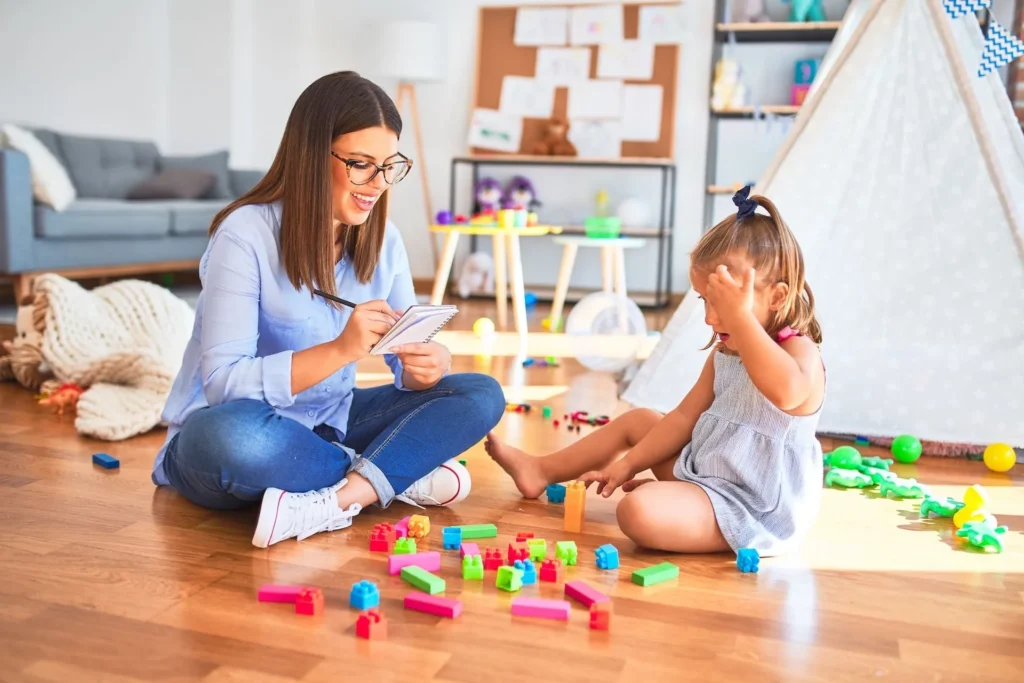
Why Naturalistic ABA Strategies Work
Naturalistic ABA strategies offer significant benefits for early learners and beyond. They encourage spontaneous communication, build meaningful connections, and reduce frustration by aligning therapy with the child’s preferred activities.
Studies show that these methods:
- Improve language development and social engagement (Koegel et al., 2010)
- Promote motivation and sustained attention
- Support generalization of skills across settings
- Foster stronger relationships between the therapist and the child
- Reduce problem behaviors by increasing positive reinforcement and interaction
By embedding learning into natural play contexts, children don’t just memorize—they internalize.
Beyond the Therapy Room
Another advantage of naturalistic, play-based ABA is its flexibility. While formal sessions are important, the goal is to help children apply skills outside of therapy, too. This might mean:
- Practicing communication during snack time
- Using pretend play to model routines like getting ready for school
- Building tolerance for new textures or environments during sensory games
- Reinforcing emotional regulation skills through storytelling or music
At Bloom, we equip families with strategies they can use throughout the day—because we believe that the best outcomes come when therapy and daily life are aligned.
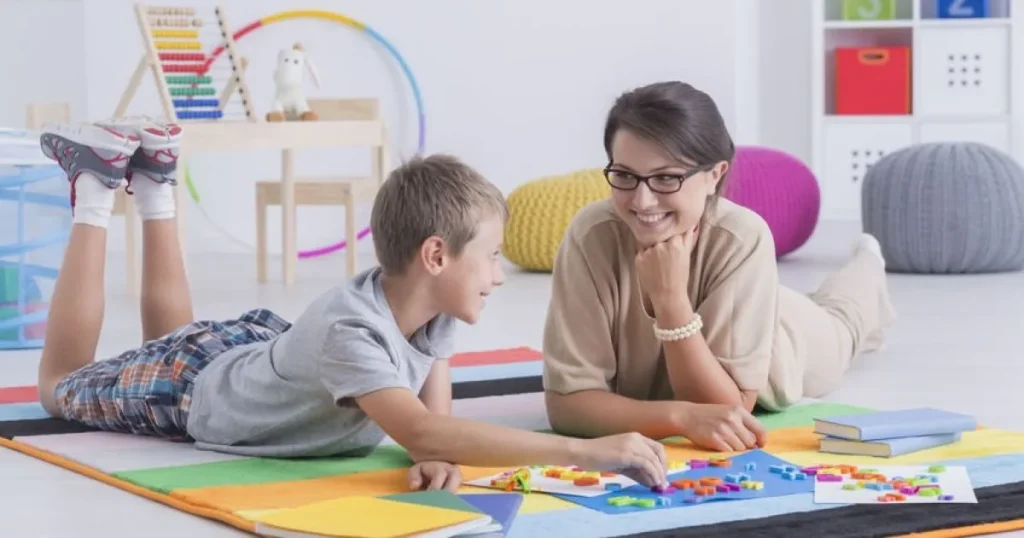
How Bloom ABA Center Implements Play-Based Techniques
Our therapists are trained to deliver both structured and naturalistic ABA approaches. This means we’re constantly adjusting sessions to meet each child’s developmental stage, interests, and needs. Whether we’re working in your home or at our new center location, we prioritize consistency, flexibility, and engagement.
No two children are the same—and that’s why no two therapy plans at Bloom look exactly alike. We might spend one session working on matching objects and another reinforcing eye contact through a game of peek-a-boo. Every moment is intentional. Every interaction is an opportunity for growth.
We also believe in active family involvement. Our team offers parent coaching and regular progress reviews to ensure therapy goals align with family routines and expectations. By empowering caregivers to participate in therapy, we create stronger, more sustainable outcomes that extend far beyond session hours.
Redefining ABA Therapy for Neurodiversity
If you’ve been hesitant about ABA therapy because of outdated impressions, we understand. For years, ABA was often viewed as repetitive, impersonal, and overly rigid. Today’s best practices are child-centered, play-based, and compassionate.
At Bloom ABA Center, we believe in the potential of every child to grow, connect, and succeed. We’re proud to offer a version of ABA that honors neurodiversity, embraces joy, and helps families build a brighter future—starting with the simple act of play.
We’re not just teaching skills; we’re building relationships, confidence, and a foundation for lifelong learning. Our vision of ABA isn’t about forcing children to fit into a mold—it’s about helping them thrive on their own terms.
Ready to Take Next Step in Play-Based ABA?
Want to see what play-based ABA looks like in action? Schedule a free consultation with our team today. We’ll walk you through what to expect, listen to your goals, and help you decide if Bloom is the right fit for your family.
Bloom ABA Center offers both in-home and center-based ABA therapy designed to meet each child’s needs in the environment where they learn best. We proudly serve families with no waitlists, accept most Medicaid plans, and provide care supervised by BCBAs with 15+ years of experience. Whether your child is just beginning services or transitioning from another provider, we make starting therapy simple, supportive, and accessible.
Bloom ABA Center – In-Home and Center-Based ABA Therapy in Fairfax, VA and Northern Virginia
Disclaimer: This article is for informational purposes only and does not constitute medical, diagnostic, or legal advice. Please consult with licensed professionals for personalized recommendations.
References
Koegel, L. K., Singh, A. K., & Koegel, R. L. (2010). Improving motivation for academics in children with autism. Journal of Autism and Developmental Disorders, 40(9), 1057–1066.Schreibman, L., Dawson, G., Stahmer, A. C., Landa, R., Rogers, S. J., McGee, G. G., … & Halladay, A. (2015). Naturalistic developmental behavioral interventions: Empirically validated treatments for autism spectrum disorder. Journal of Autism and Developmental Disorders, 45(8), 2411–2428.

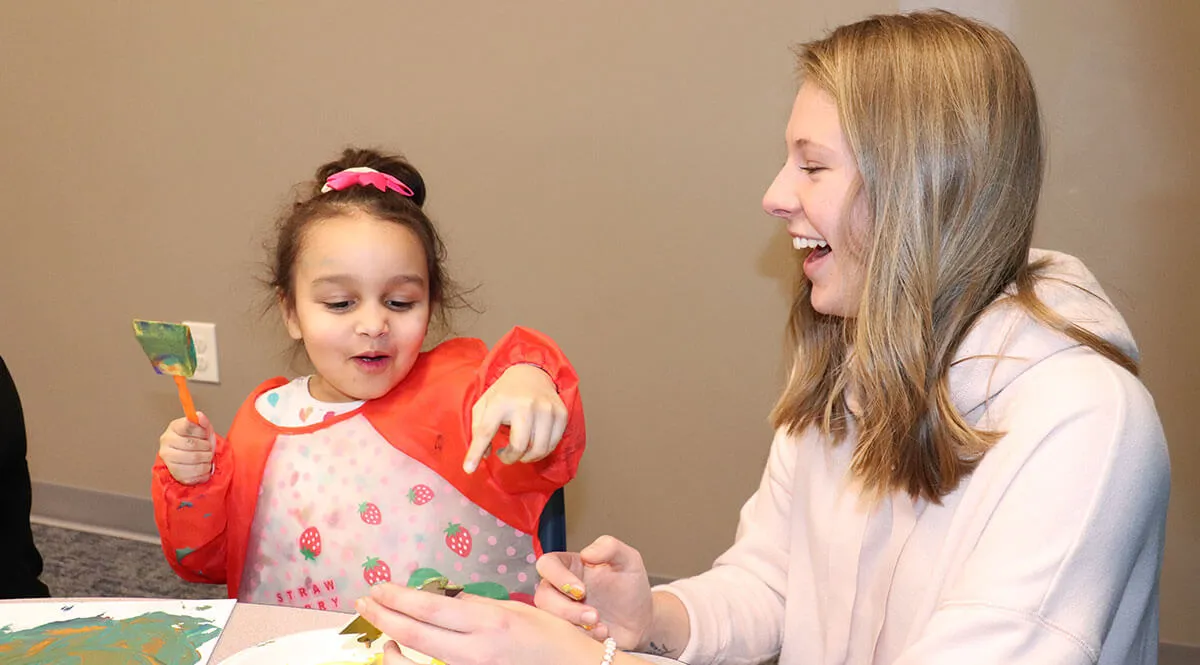
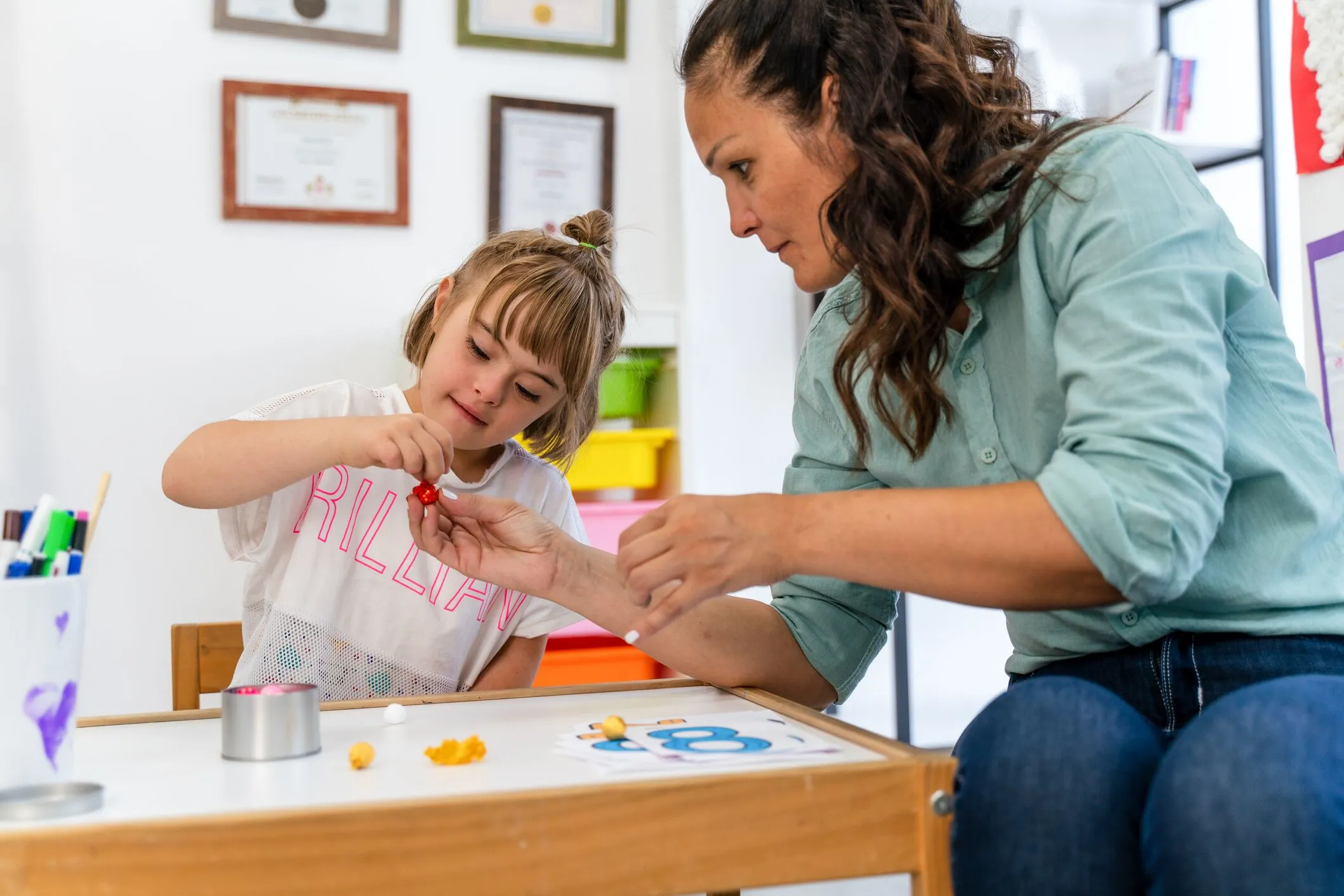
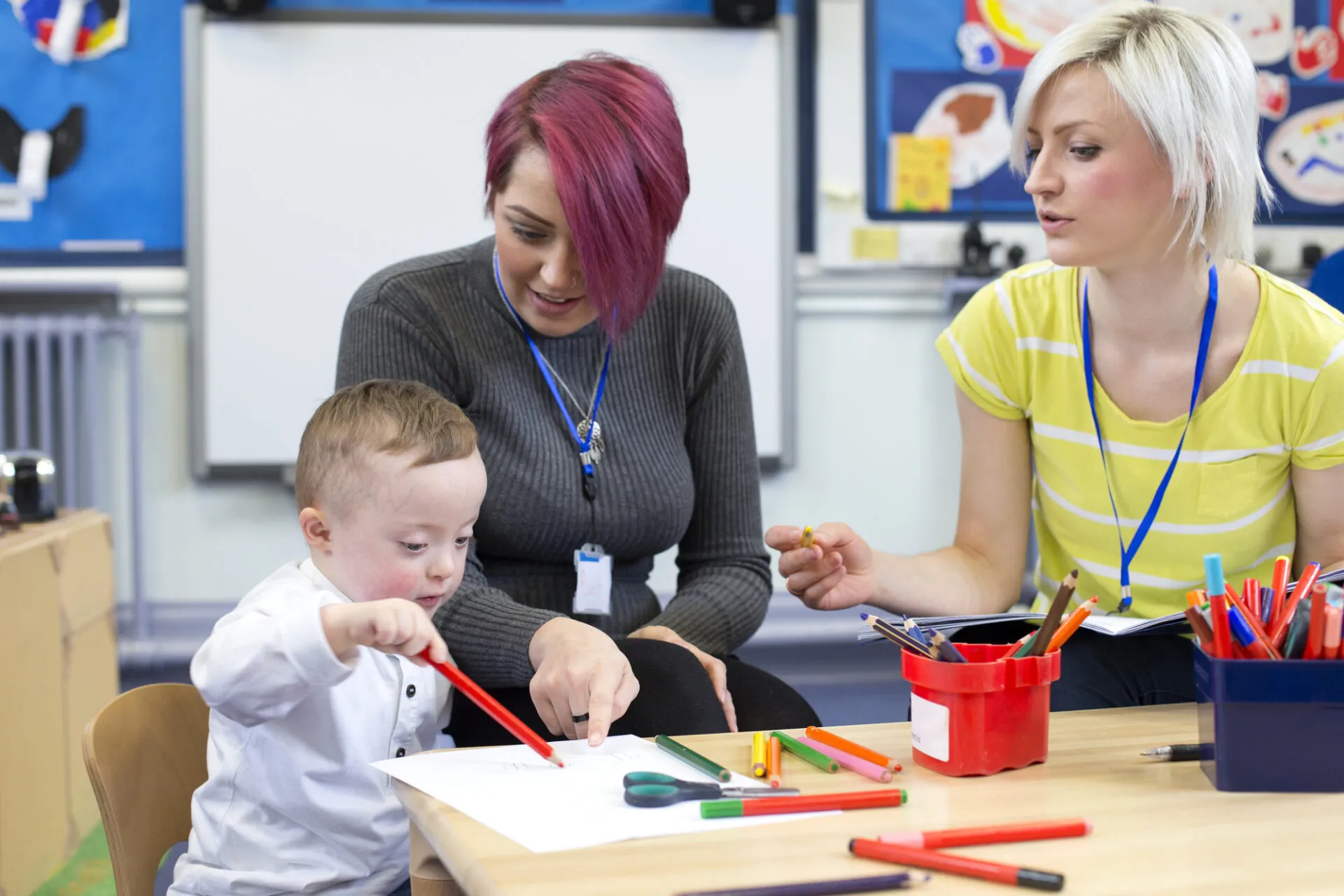



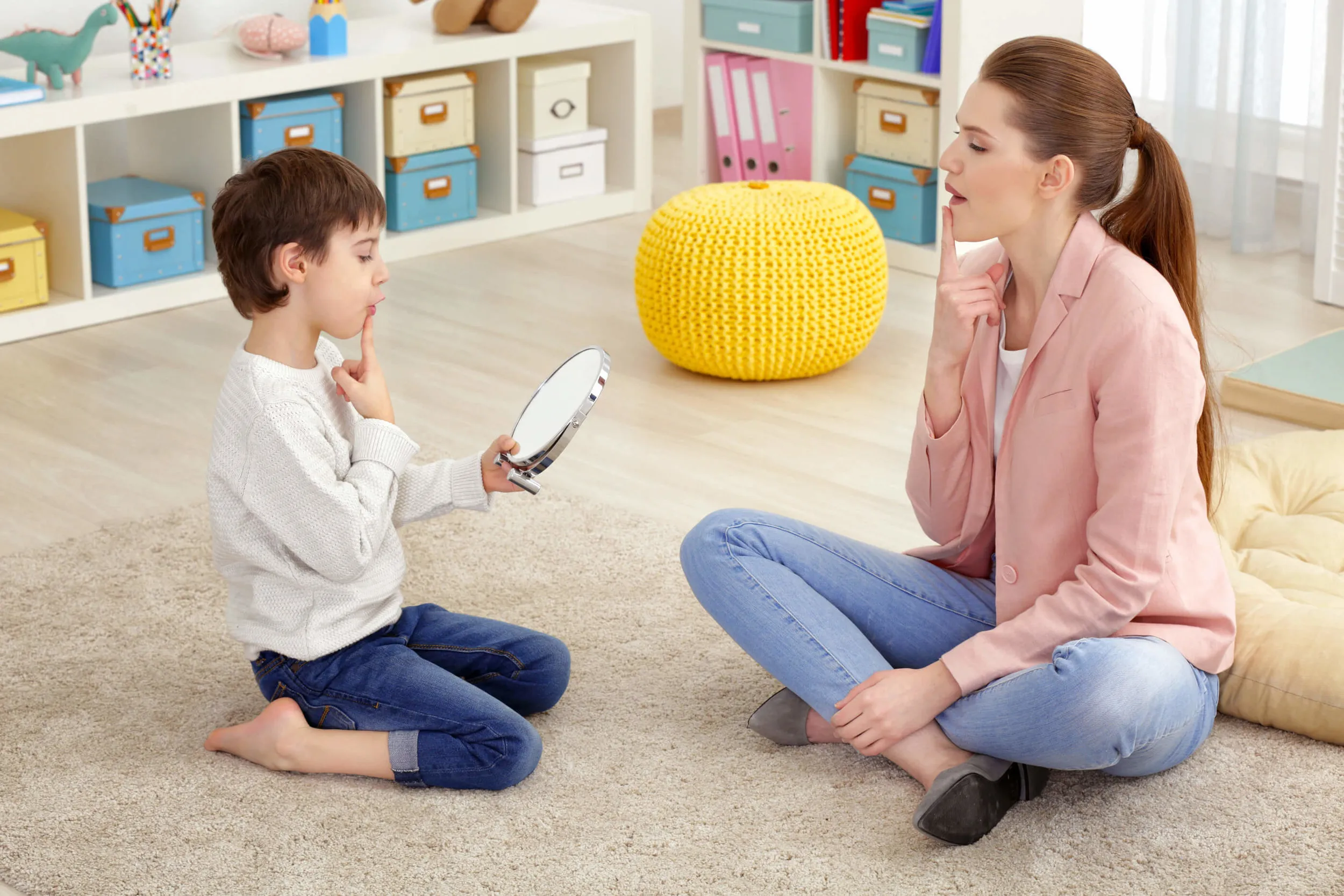
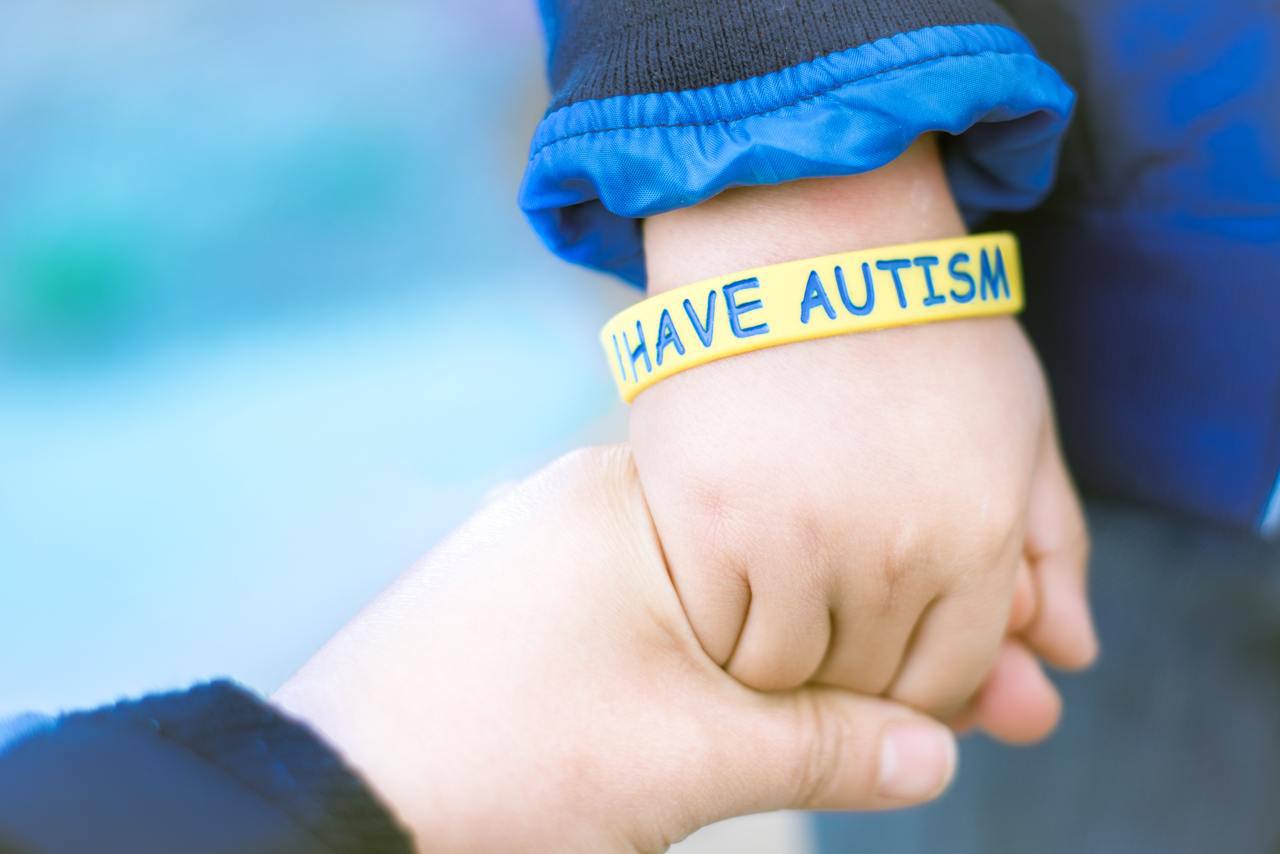
submit a comment